Shimano GRX RX 815 2x groupset review
James Stout gets to grips with a Di2 equipped 2x GRX groupset
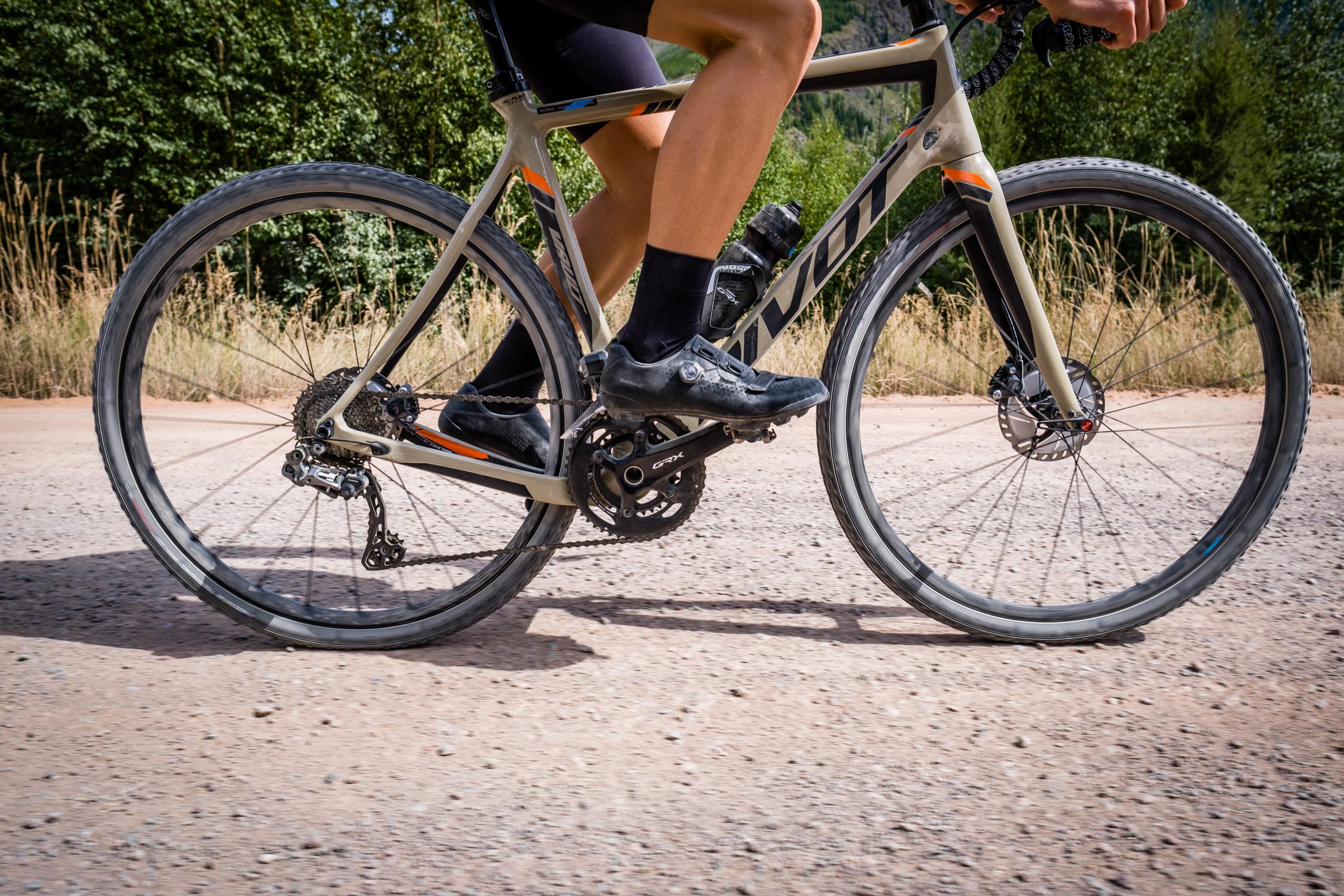
If you’re building a mixed terrain bike or perhaps looking for a single bike to cover everything from singletrack to sportives, this is a great groupset. The cost is in line with Shimano’s other di2 offerings but the improved hood feel and sensible gearing make it my favourite groupset for just about any drop bar activity aside from dedicated pursuits like time trials and crits.
-
+
Clutch rear derailleur
-
+
Great hood feel and braking
-
+
Wide gear range
-
-
Slightly heavier than a road groupset
-
-
You might need to buy XTR pedals if you have fussy knees
You can trust Cycling Weekly.
Gravel racing has always been about bodging together parts of road bikes and mountain bikes to make them work. This is especially true with groupsets which never quite offered the range and robustness that gravel racers were looking for. For years I’ve run all kinds of converters and compromises in order to run a mountain bike rear derailleur and cassette with road shifters and crankset. After Shimano released its Di2 mountain bike gears I, and probably hundreds of others, bombarded them with requests for a two-chainring setup with an XTR rear derailleur and a road front.
We were told to wait patiently and with the release of GRX there is finally a bodge-free option that isn’t just great for gravel, it is just a wonderfully practical groupset for most cyclists most of the time.
Shimano released its GRX groupset in late 2019 and I was lucky enough to get my hands on a 2x Di2=equipped Moots Routt gravel bike 24 just days before I set off on a mixed terrain version of the Hadrian’s wall cycle route. Riding across northern England in November is always going to be a character-forming experience, but it was a great chance to test the wet-weather performance of the electronic groupset.
GRX essentially takes the best of both road and off-road groupsets and combines them. It offers a very wide range of gears (my bike has 48/31 front chainring and an 11-34 cassette but the rear mech clears an 11-42), improved braking ergonomics, a clutch on the rear derailleur to keep your chain in place, and a robust finish that promises to stand up to the sort of abuse gravel riders throw at their bikes.
First impressions
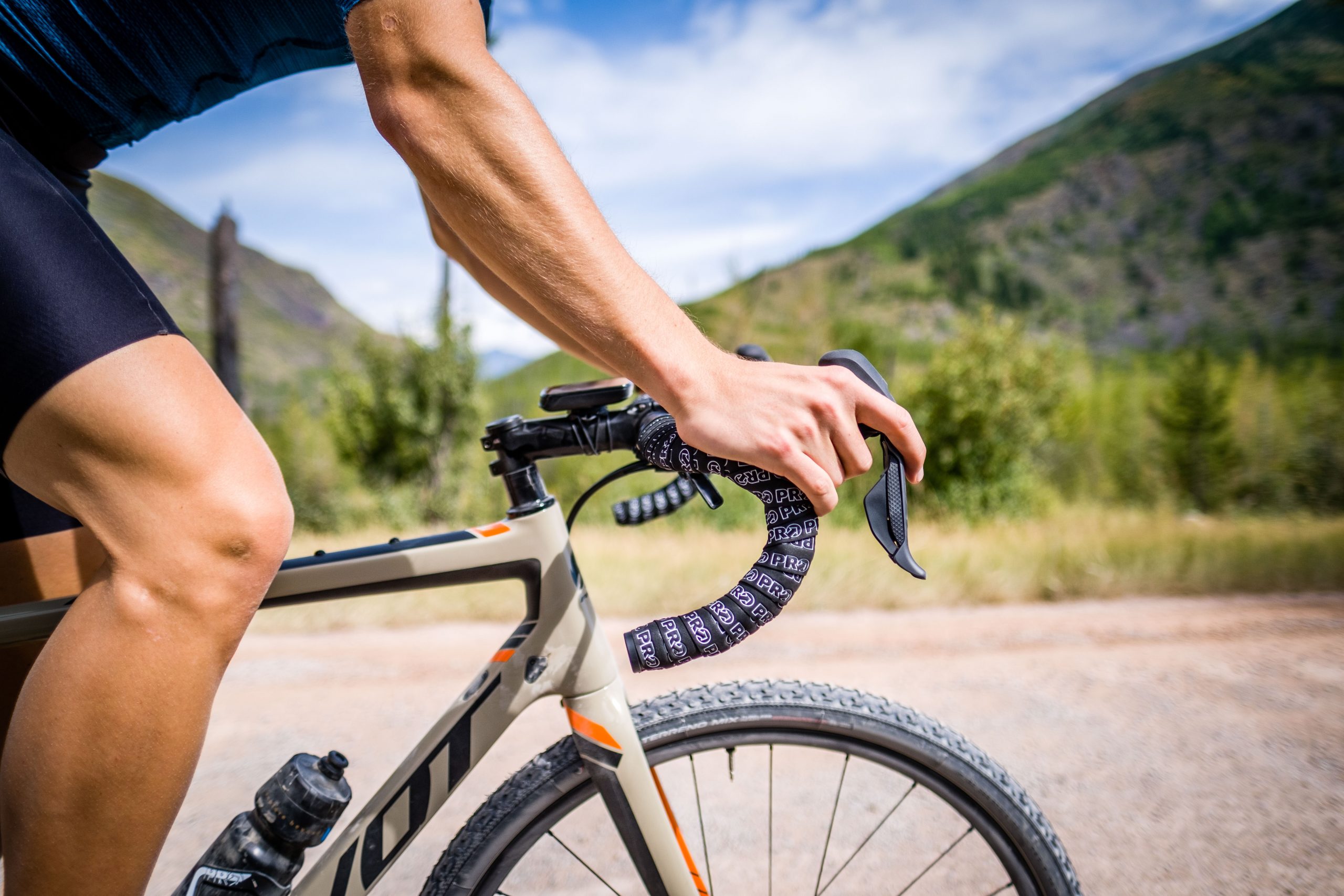
Hopping on the bike the first thing I noticed was the hoods. The shape and aggressive texture of the rubber covers really agreed with me, especially in the cold wet weather of Tyneside (Tyne and Wear, in North East England) a month before Christmas. Shimano moved the braking pivot for GRX slightly higher than it is on its road levers, which means much more power for braking from the hoods. Combined with the shape (which feels a lot like Campagnolo Super Record) and grippy texture of the hoods, it really does make a difference compared with road shifters, and I found myself tackling a lot more technical terrain in the upright position that the hoods allow rather than on the drops.
At an event like The Rift (in Iceland) or the iconic Dirty Kanza, where racing is hard and fast, aerodynamics makes a huge difference, so being able to ride in a road position is necessary. The only issue I have is that if I am tackling technical descents (like some of the wheel-eating lava fields of The Rift) then my drops are a bit too low and it is hard to pop the front wheel over obstacles. With GRX I can keep that aero position on the hoods and still be able to ride comfortably on singletrack. I am a big fan.
The brakes are essentially rebadged road brakes, but Shimano makes a great road brake and they were powerful enough to stop me even with a full bikepacking load. I would suggest that anyone going bikepacking change the stock pads for sintered ones as they last a lot longer.
Will I be undergeared?
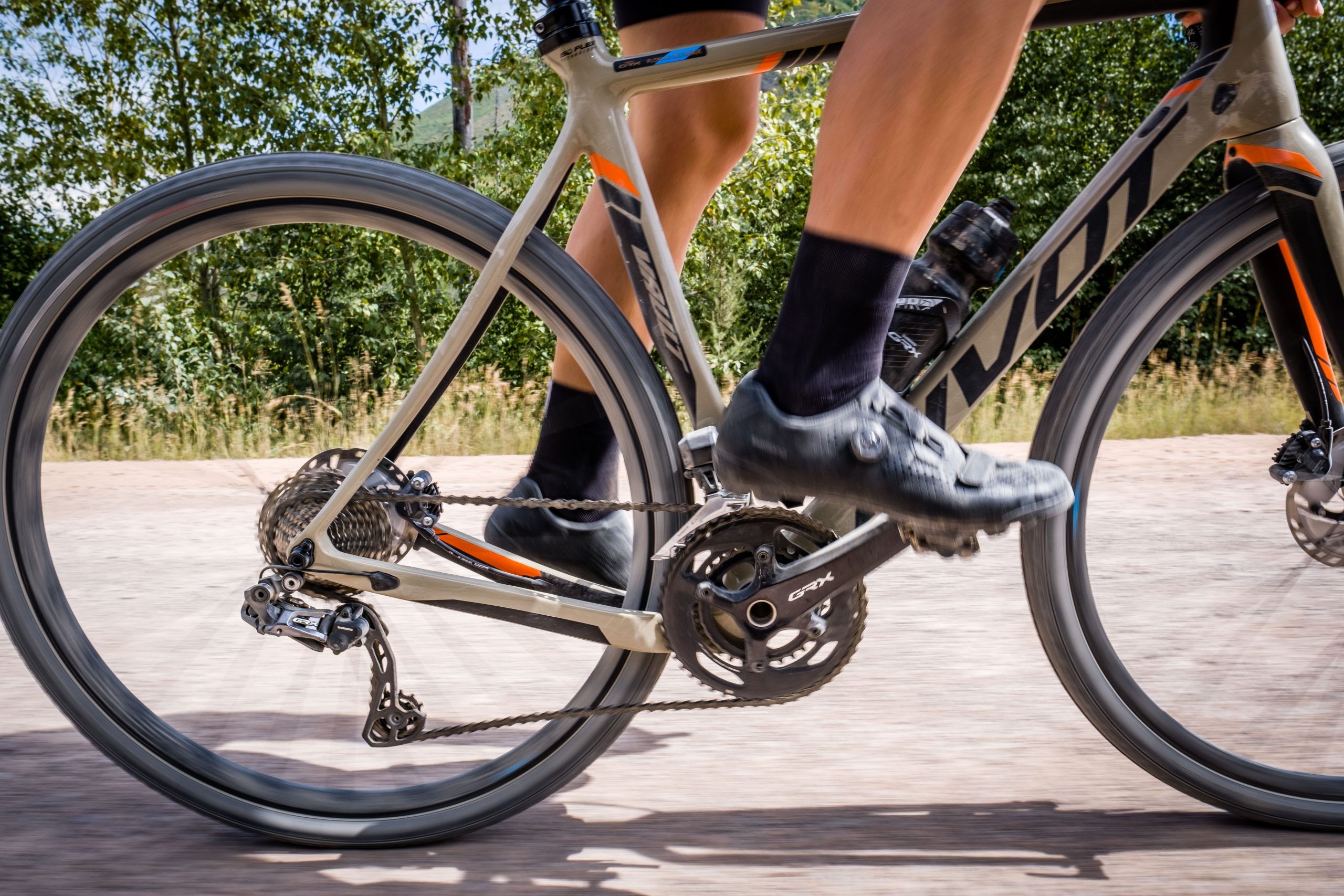
If you’re coming from a road background, you might be accustomed to a 52 or 53 big ring and feel like a 48x11 isn’t much gear. But if you raced as a junior you will remember that gear 'roll-out' isn’t just about the gear ratio, but also the circumference of the tyre. When I took my GRX groupset to Rwanda for a 1000km bikepacking trip, I ran a 44mm tyre and the largest gear (48x11) had 9.7 meters of rollout. A 52x11 with a 25mm tyre, which is enough to win the Tour de France, had 10 meters. So you’ll have plenty of gear. With the 31x34 I can ride up almost anything, although bikepacking with a full load on the ridiculously steep dirt roads of rural Rwanda did make me wish I had availed myself of the 42 tooth cassette more than once. Thankfully the Di2 shifting is as predictable as always, so at least I could shift into my granny gear midway up a slow climb.
The other change from road cranks is a slightly wider stance width or Q factor, meaning that with the same pedals your feet will be further apart when clipped in. The difference is only 3mm per side, and most riders won’t notice. Indeed many seem to prefer the wider stance (bike fitters commonly add spacers to give the same outcome with a road crank). If the wider stance does bother you, Shimano’s XTR pedals come with a reduced width option.
Why do I need a gravel groupset?
Well you don’t, but the chances are you are reading this because you are in the market for a gravel bike, and if you are buying a bike specifically for mixed terrain riding you might as well get a groupset designed with the same thing in mind. Last year in Iceland I managed to float my bike crossing a river and the Di2 has never recovered – that was with a road groupset. By contrast I have fully submerged my GRX groupset several times (don’t do this if you can avoid it) and it is fine. I also have the gearing to ride up rocky dirt roads with gradients in excess of 20 per cent , and hoods that let me ride mountain bike trails on the way down. The clutch on the GRX derailleur has never failed me and my chain slaps far less than it does on a road groupset and I can’t remember the last time it came off. It also shifts well even when it is filthy. I don’t need any of those things, but all of them make riding a gravel bike more fun. The shift performance is every bit as smooth at Ultegra, so you are not really giving up anything and you gain a lot.
GRX is also £450 cheaper than Ultegra (unless you can find the latter on a sale) and weighs a little under 150g more. In my opinion it is the best choice for any mixed terrain bike.

Thank you for reading 20 articles this month* Join now for unlimited access
Enjoy your first month for just £1 / $1 / €1
*Read 5 free articles per month without a subscription

Join now for unlimited access
Try first month for just £1 / $1 / €1
Get The Leadout Newsletter
The latest race content, interviews, features, reviews and expert buying guides, direct to your inbox!
-
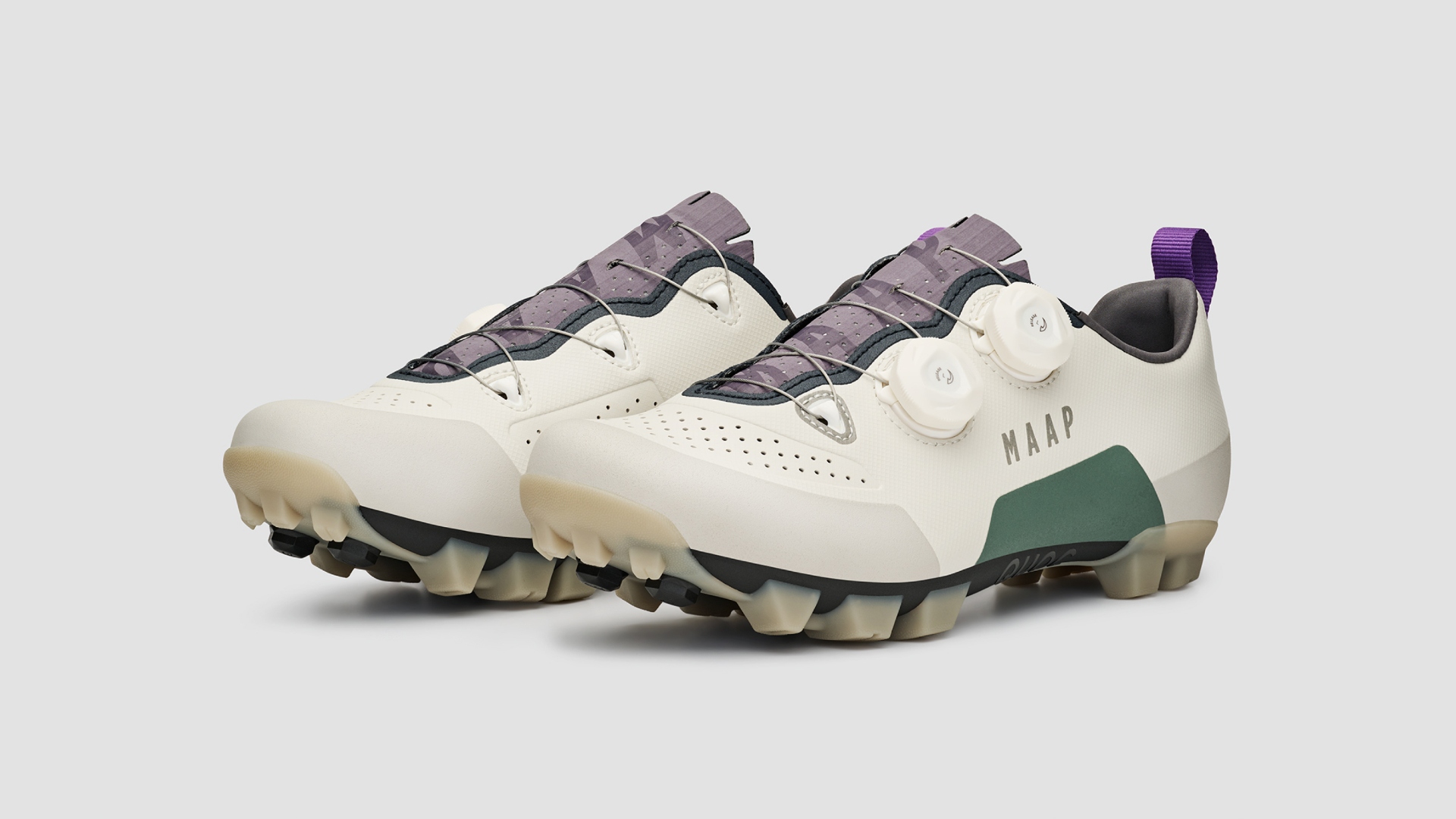 MAAP teams up with QUOC; first collab is the Gran Tourer XC shoe
MAAP teams up with QUOC; first collab is the Gran Tourer XC shoeDesigned for off-road riding the limited-edition shoe features a new colourway and other features
By Luke Friend Published
-
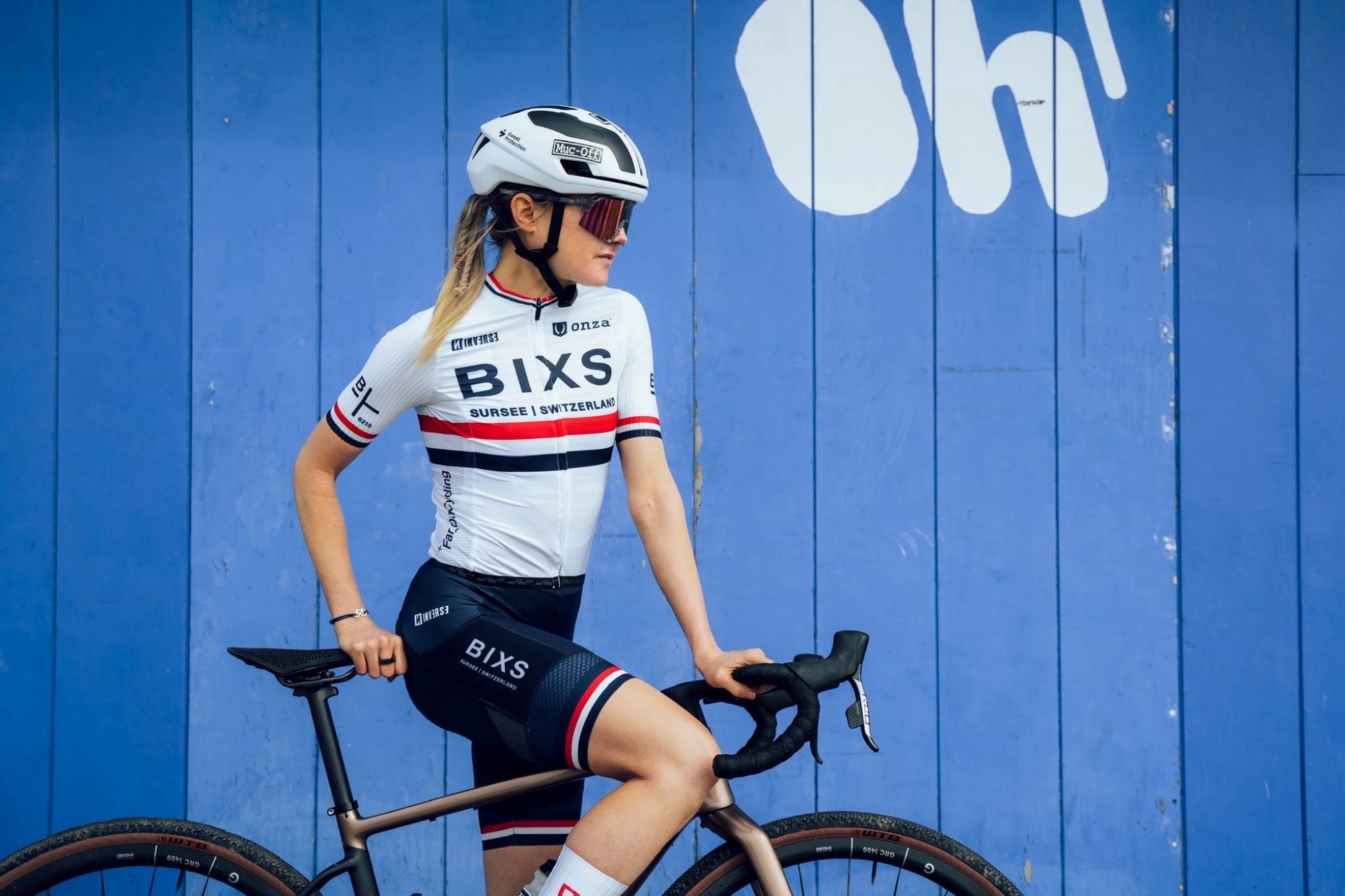 'I may not have a ridden a bike, but I’m f*****g strong' - British gravel racer has unusual off-season ahead of Sea Otter Classic
'I may not have a ridden a bike, but I’m f*****g strong' - British gravel racer has unusual off-season ahead of Sea Otter ClassicAnnabel Fisher tells Cycling Weekly about her ski racing season ahead of returning to gravel
By Tom Thewlis Published
-
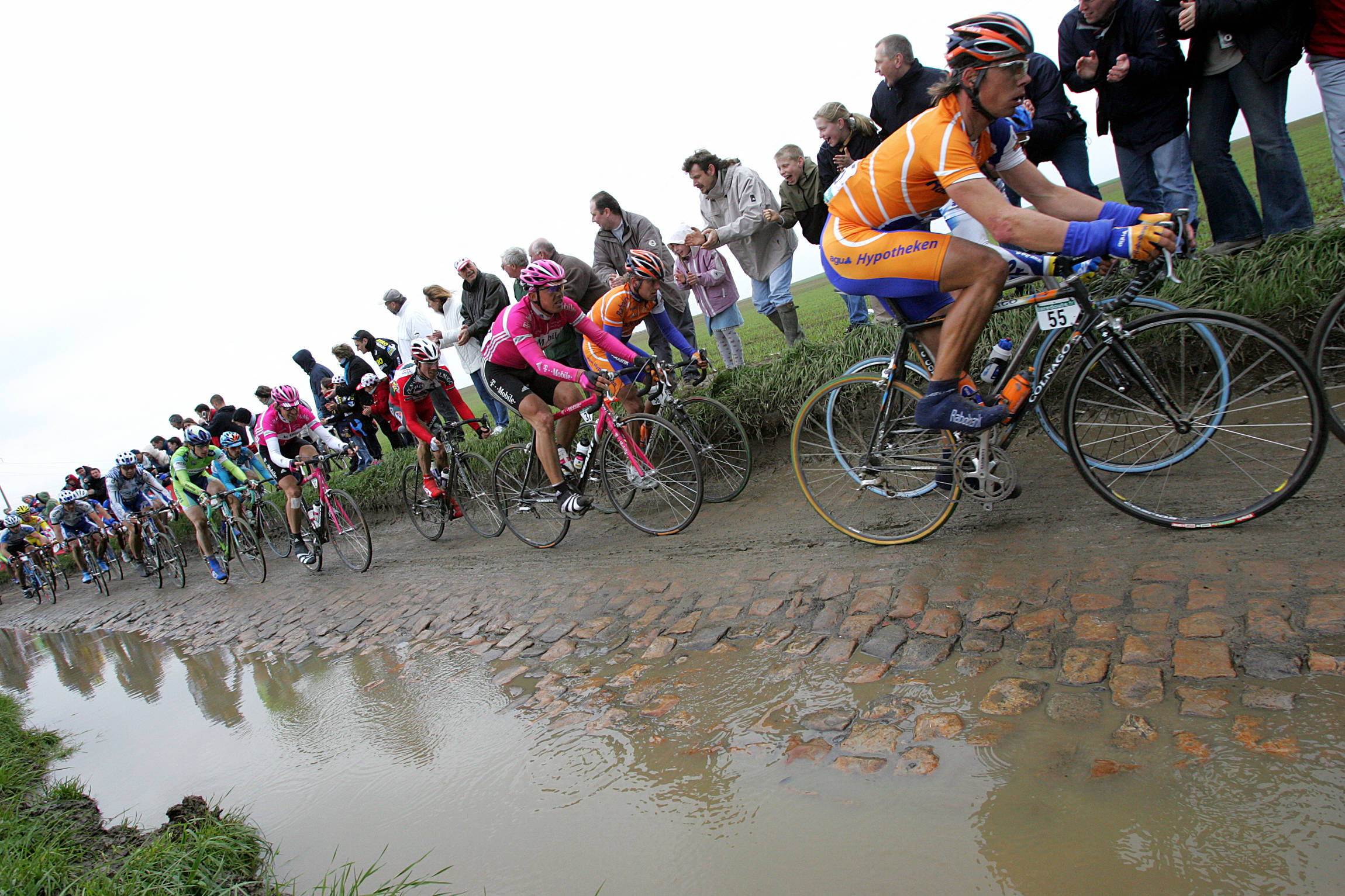 'I hope it rains... there's little room for error' - British cycling legend on the prospect of a wet Paris-Roubaix
'I hope it rains... there's little room for error' - British cycling legend on the prospect of a wet Paris-RoubaixSean Yates says that inclement weather won't stop the favourites from winning Roubaix, but that it'll add a bit more excitement
By Adam Becket Published